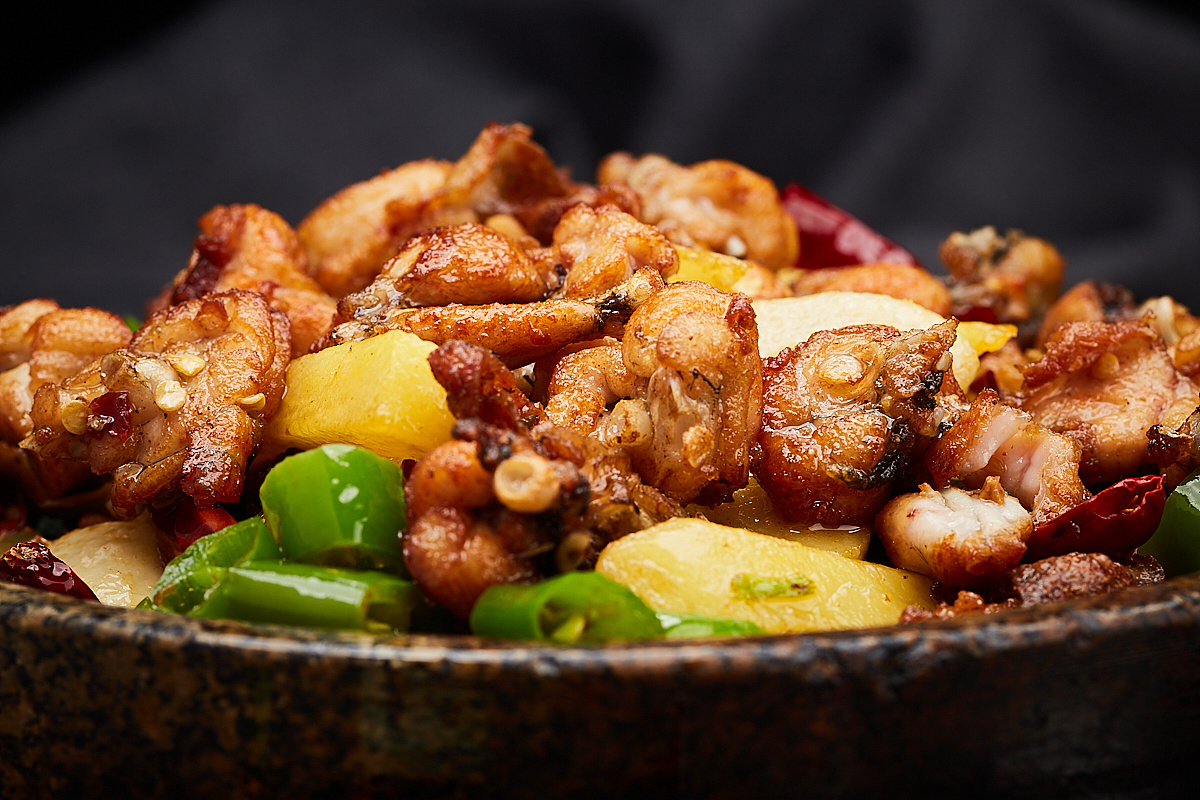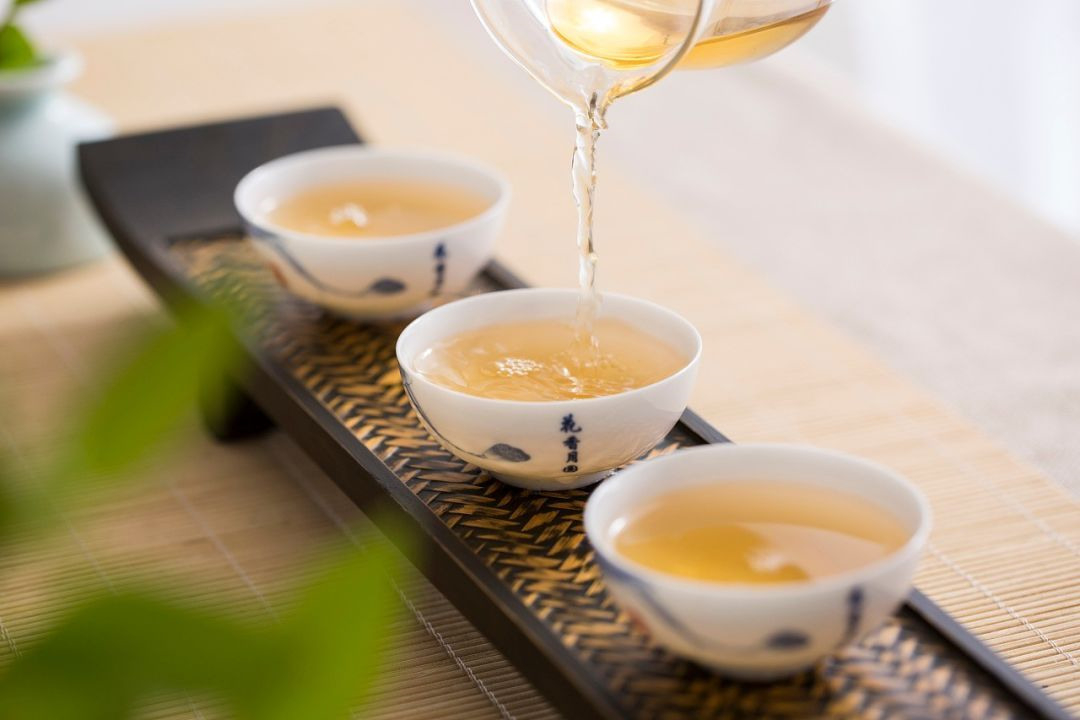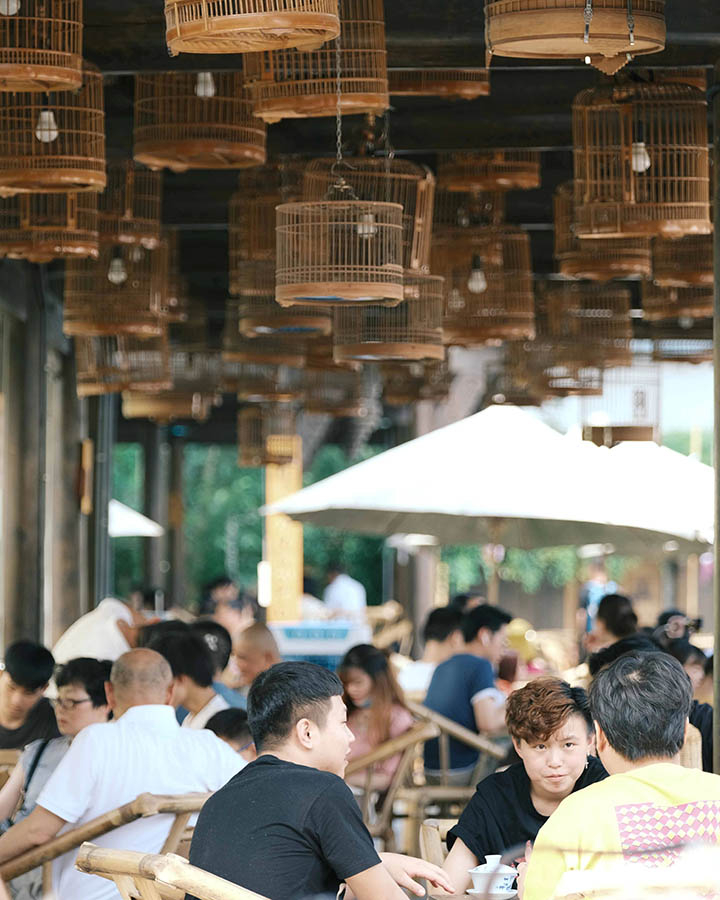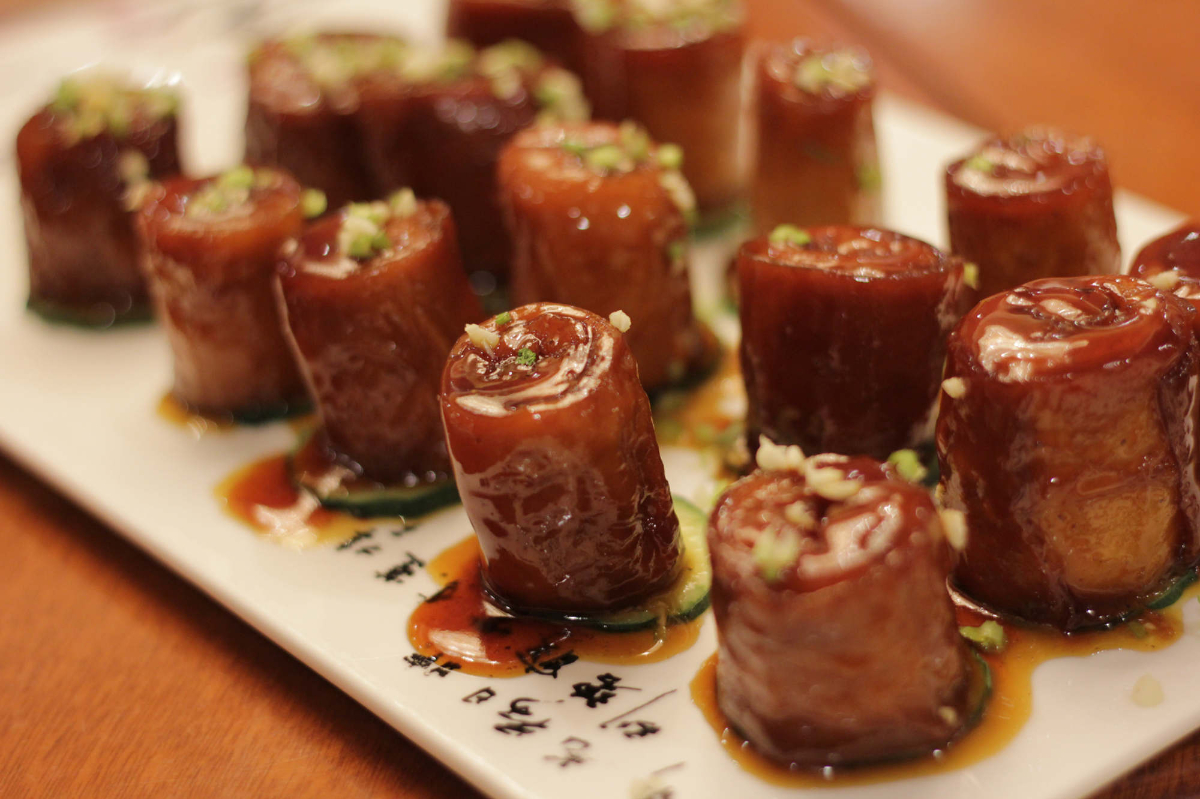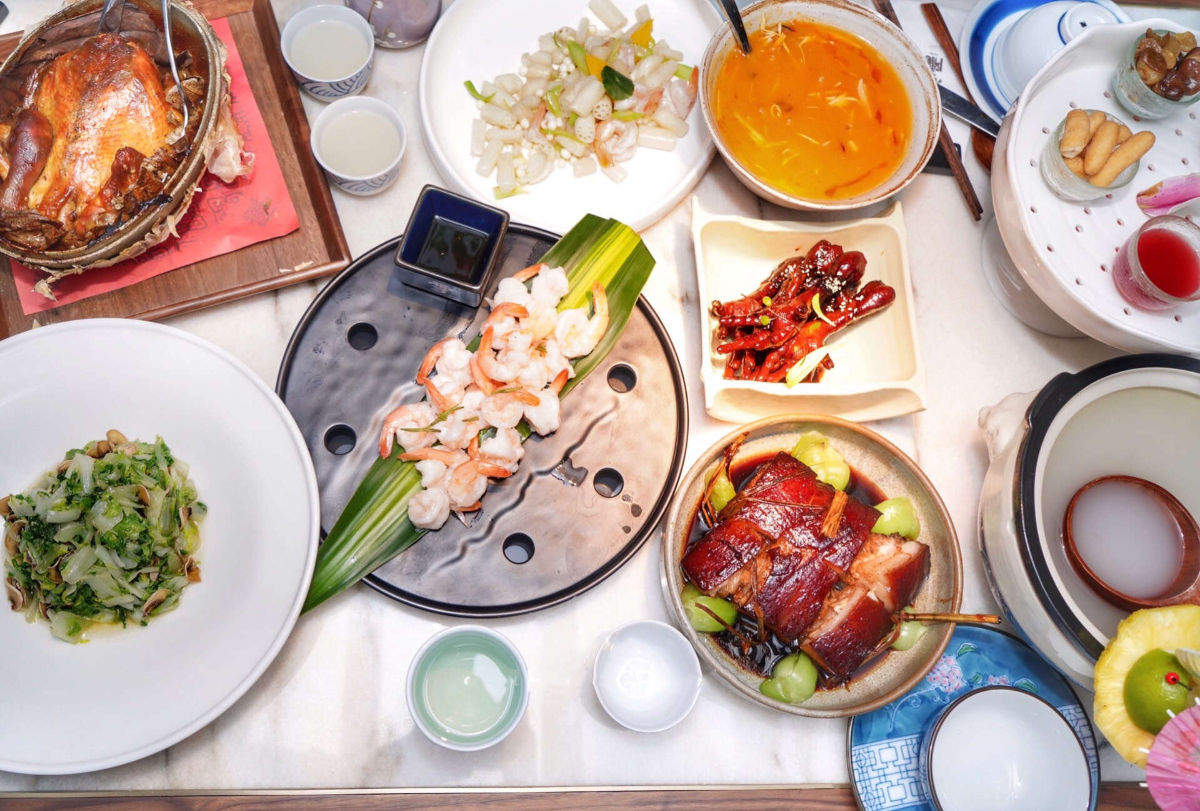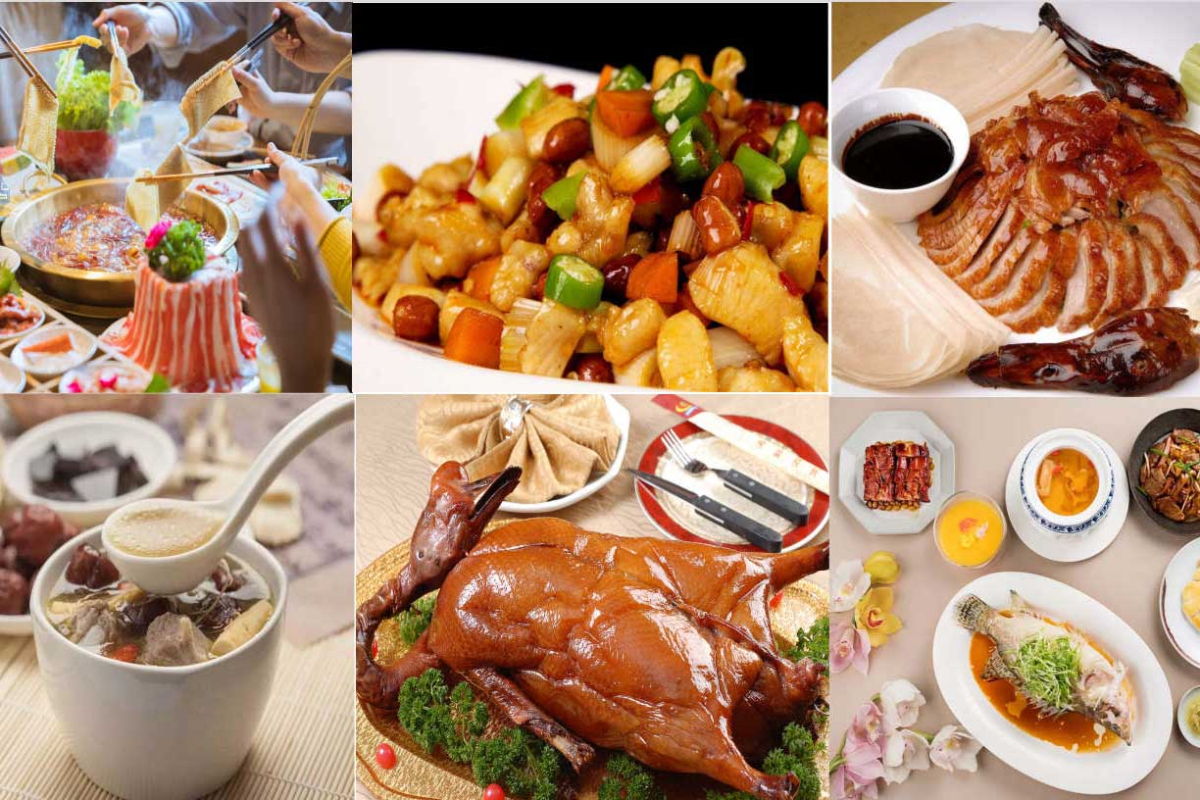Culture: Chinese Embroidery

Embroidery, a folk art with a long tradition, has an important position in the history of Chinese arts and crafts. In its long development embroidery has been inseparable from silkworm raising and silk reeling and weaving.
Chinese embroidery has a long history since the Neolithic age. Because of the quality of silk fibre, most Chinese fine embroideries are made in silk. Some ancient vestiges of silk production have been found in various Neolithic sites dating back 5,000–6,000 years in China. Currently the earliest real sample of silk embroidery discovered in China is from a tomb in Mashan in Hubei province identified with the Zhanguo period (5th–3rd centuries BC). After the opening of Silk Route in the Han dynasty, the silk production and trade flourished. In the 14th century, the Chinese silk embroidery production reached its high peak. Several major silk embroidery styles had been developed, like Song Jin (宋锦 Song embroidery) in Suzhou, Yun Jin (云锦 Cloud embroidery) in Nanjing and Shu Jin (蜀锦 Shu embroidery) in Sichuan.
Today, most handwork has been replaced by machinery, but some very sophisticated production is still hand-made. Modern Chinese silk embroidery by hand is still common in southern China.
● Famous types of Chinese embroidery
Su Xiu (苏绣)
Suzhou embroidery is crafted in areas around Suzhou, Jiangsu Province, having a history dating back 2,000 years. It is famous for its beautiful patterns, elegant colours, variety of stitches, and consummate craftsmanship. Its stitching is meticulously skillful, coloration subtle and refined. Suzhou artists are able to use more than 40 needlework and a 1,000 different types of threads to make embroidery, typically with nature and environment themes such as flowers, birds, animals and even gardens on a piece of cloth.
A rare subset is Su double-sided embroidery which requires ultimate skill and artistry. The front and back of the piece may have different designs, but the ends are not knotted but woven in so the back can't be distinguished.
Xiang Xiu (湘绣)
Hunan embroidery comes from areas around Changsha, Hunan Province. It is distinct for its starkly elegant black, white and gray colouration. Its emphasis is on contrasts of light and shade that highlight the pattern texture to give a three-dimensional effect. Xiang embroidery composition combines void and solid imagery, utilizing empty space in the same way as Chinese ink and wash paintings.
Yue Xiu/Guang Xiu (粤绣/广绣)
Guangdong embroidery is crafted in Chaozhou, Guangdong Province. It is composed of intricate but symmetrical patterns, vibrant colours, varied stitches and a defined weave. Its use of primary colors, light and shade are reminiscent of western paintings.
Shu Xiu (蜀绣) Sichuan embroidery comes from areas around Chengdu, Sichuan Province. It is among the oldest known embroidery styles in Chinese embroidery history. Its raw materials are satin and colored silk, its craftsmanship painstaking and refined. The emphasis is on even stitching, delicate coloration, and local flavor. Sichuan embroidery is used to decorate quilt covers, pillowcases, garments, shoes and painted screens.
